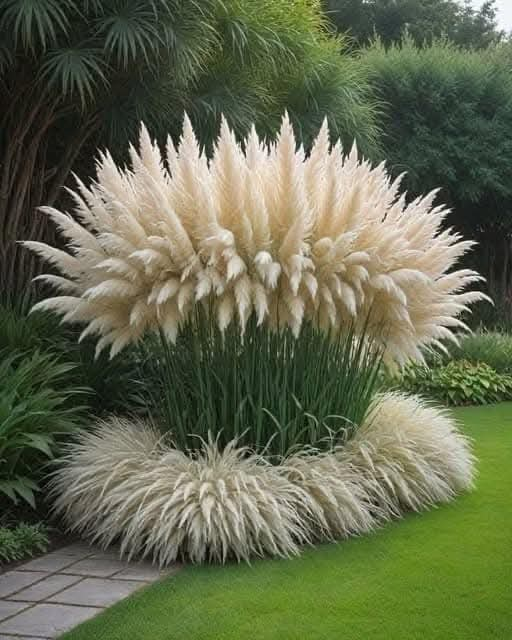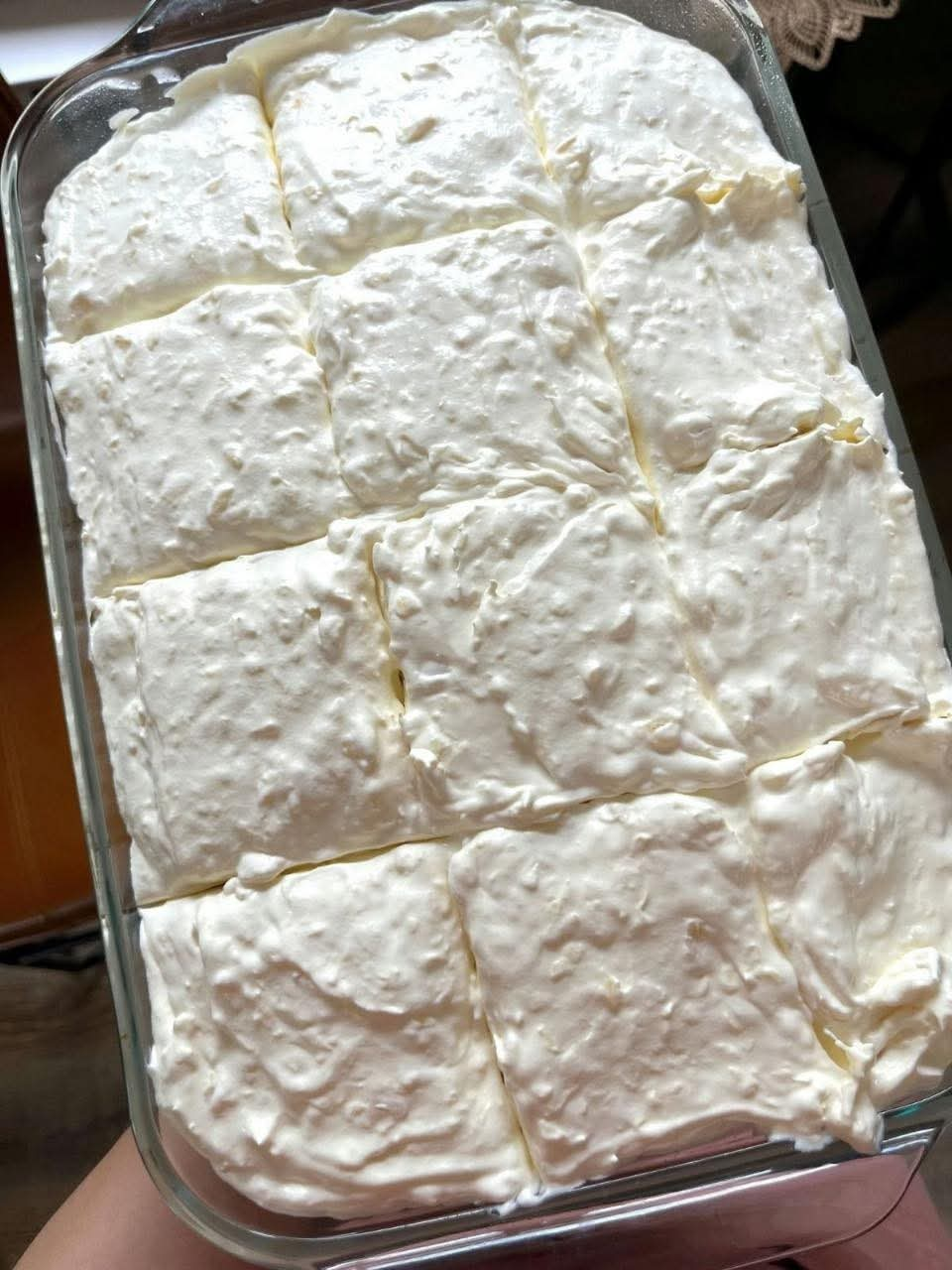Pampas grass (Cortaderia selloana) is an iconic ornamental grass known for its feathery plumes and dramatic presence. With its tall, elegant stature and soft, fluffy flowers, pampas grass adds a touch of elegance and movement to any garden. Whether used as a focal point, a privacy screen, or a landscape accent, this hardy, low-maintenance plant is a favorite among gardeners and landscapers.
Why Pampas Grass Is a Must-Have in Your Garden
🌾 Stunning Appearance – The silky, feathery plumes add texture and beauty, creating a dreamy, whimsical effect.
🌾 Low Maintenance – Once established, pampas grass requires minimal care and thrives in various conditions.
🌾 Drought-Tolerant – It’s perfect for water-wise gardens, as it can withstand dry spells with ease.
🌾 Provides Privacy & Windbreaks – Its dense foliage makes it ideal for creating natural barriers.
🌾 Versatile Landscaping Plant – Works well in modern, coastal, cottage, or tropical gardens.
How to Grow and Care for Pampas Grass
To enjoy the full beauty of pampas grass, you need to provide the right growing conditions. Here’s what you need to know:
☀ Light Requirements
✔ Pampas grass thrives in full sun (at least 6-8 hours of direct sunlight per day).
✔ While it can tolerate some shade, too much shade will lead to weaker growth and fewer plumes.
💧 Watering Guidelines
✔ Once established, pampas grass is drought-tolerant.
✔ Water deeply but infrequently, allowing the soil to dry slightly between waterings.
✔ During prolonged dry periods, occasional watering will promote healthier growth.
🌱 Soil Requirements
✔ Pampas grass prefers well-draining, fertile soil.
✔ It can tolerate sandy, loamy, or clay soils, but avoids waterlogged conditions.
✔ A slightly acidic to neutral pH (6.0-7.5) is ideal.
🌡 Ideal Temperature & Climate
✔ Pampas grass thrives in USDA Zones 7-11, but can be grown in cooler climates with winter protection.
✔ It is highly adaptable to various conditions, including coastal environments.
🌿 Fertilizing Pampas Grass
✔ Apply a balanced fertilizer (10-10-10) in early spring to encourage lush foliage and strong plumes.
✔ Avoid over-fertilizing, as too much nitrogen can lead to excessive leaf growth at the expense of flowers.
How to Plant Pampas Grass
🌾 Step 1: Choose the Right Location
Select an area with full sun and ample space, as pampas grass can grow up to 10 feet tall and 6 feet wide.
🌾 Step 2: Prepare the Soil
Loosen the soil and add organic matter if needed for improved drainage.
🌾 Step 3: Planting
✔ Dig a hole twice the size of the root ball.
✔ Place the plant in the hole and backfill with soil, gently firming it down.
✔ Water thoroughly after planting.
🌾 Step 4: Mulching & Watering
✔ Apply a layer of mulch around the base to retain moisture and suppress weeds.
✔ Water regularly during the first few weeks to help the plant establish strong roots.
Pampas Grass Care & Maintenance
✔ Pruning – Cut back dead foliage in late winter or early spring before new growth appears. Wear gloves, as the leaves can be sharp.
✔ Dividing – If the plant becomes overcrowded, divide it every 3-5 years to promote healthy growth.
✔ Pest & Disease Resistance – Pampas grass is naturally resistant to most pests and diseases, making it incredibly easy to maintain.
Using Pampas Grass in Landscaping
🏡 Privacy Screens & Windbreaks – Its dense, tall growth makes it an excellent natural fence.
🏡 Accent Plant – Pampas grass creates a striking focal point in any garden.
🏡 Dried Flower Arrangements – The plumes can be harvested, dried, and used in home décor.
Final Thoughts
Pampas grass is a stunning, versatile, and low-maintenance ornamental grass that brings elegance and structure to gardens. With minimal care, it thrives and provides year-round beauty. Whether you want a dramatic statement plant, a privacy screen, or a sustainable garden feature, pampas grass is an excellent choice.
🌾 Will you be adding pampas grass to your landscape? Let me know in the comments! 💬
More Articles You Might Like
-
Texas Toast Sloppy Joes: The Crunchy, Cheesy Upgrade You Didn’t Know You Needed
There’s something timeless about sloppy joes. For generations, this saucy, savory, and slightly sweet ground beef sandwich has been a go-to comfort food in American kitchens. It’s quick, filling, and family-friendly—perfect for busy weeknights. But what if we told you there’s a way to take this classic dish up a notch? Enter the Texas Toast…
-
Classic Pig Pickin’ Cake
When it comes to Southern desserts, few sweets shine as brightly as the Classic Pig Pickin’ Cake. This nostalgic cake, sometimes called a “Mandarin Orange Cake,” has roots deep in Southern tradition. It gets its playful name from its frequent appearance at pig pickin’s—Southern-style barbecue gatherings where communities come together to enjoy slow-cooked pork, sides,…
-
Lemon Garlic Butter Chicken with Creamy Parmesan Pasta
There’s something irresistible about the combination of tender, golden-browned chicken paired with a creamy pasta coated in Parmesan cheese. Add the brightness of lemon, the depth of garlic, and the richness of butter, and you have a recipe that feels indulgent yet approachable enough for a weeknight dinner. Lemon Garlic Butter Chicken with Creamy Parmesan…



